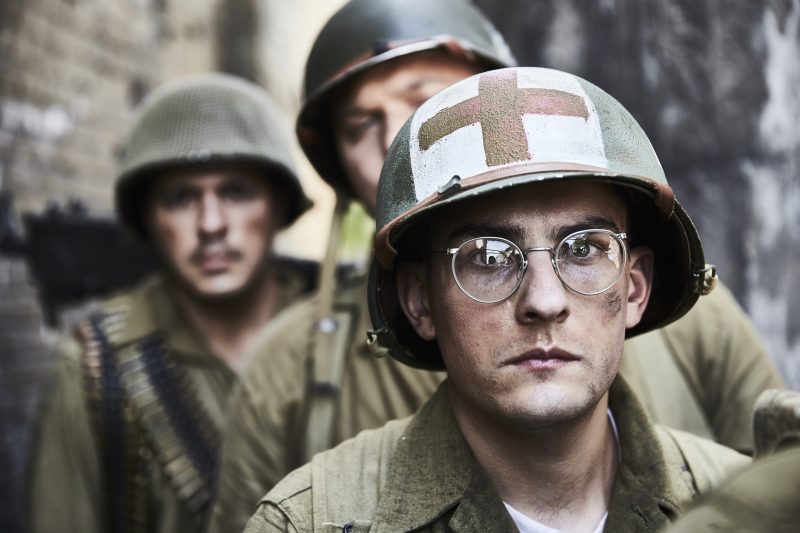Super Glue actually was used to seal up battle wounds during the Vietnam War.
It well known that Super Glue is, true to its name, an extremely strong adhesive. It has established itself as a substance of immense importance in households and industries.
Although this super-sticky substance seems to be a piece of genius, its history is interesting because it was not intentionally created to be a glue, but was rather discovered by accident due to warfare. Even more interesting is the fact that the accident had to occur twice before it was ultimately put to use.
Formally known as cyanoacrylate, Super Glue was serendipitously discovered by Dr. Harry Wesley Coover during World War II. In 1942, he was in search of materials for making clear plastic gun sights to be used by Allied soldiers in the war against Axis.

During this project, Coover happened upon the very sticky cyanoacrylate. This substance had very high adhesive properties and would have worked well for holding the plastic gun sights. But Coover and his team abandoned it because it stuck to everything it came in contact with and almost ruined the project.
At that time, Coover did not recognize the commercial potential of this substance.
The following decade, Coover found himself happening upon the cyanoacrylate again. In 1956, he was at Eastman Kodak overseeing a project that sought to develop heat-resistant polymers for jet canopies when he rediscovered the adhesive.
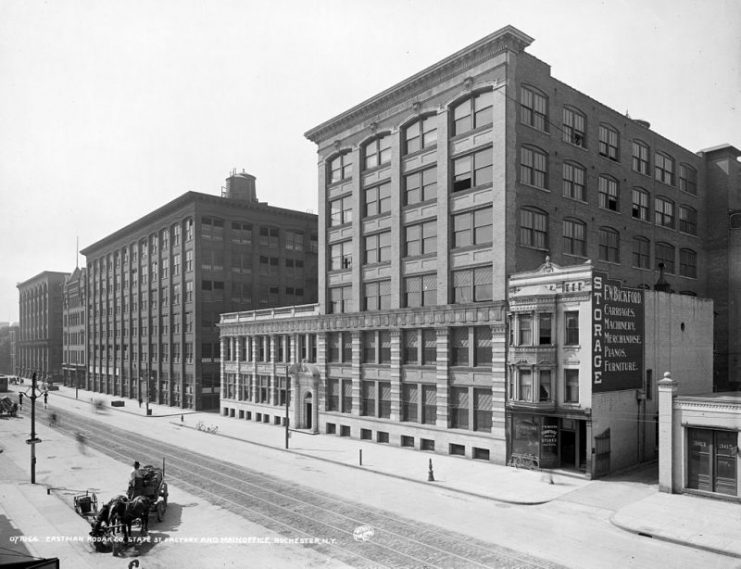
During this project, Coover’s colleague Fred Joyner created the glue Coover had earlier abandoned, and tried it on a pair of refractor prisms. In a matter of seconds, the refractor prisms got permanently bonded together, to Joyner’s astonishment.
Coover’s attention was drawn to what had happened, and this time he did not ignore it. Further investigation into the properties of this adhesive uncovered the fact that the adhesive needed only a little moisture, which is generally present in all substances in varying amounts, to activate.
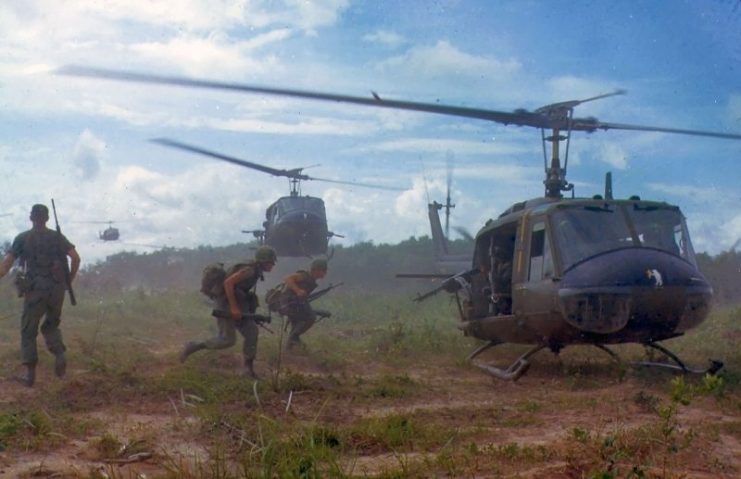
Eastman Kodak made a production run on the adhesive, putting it out into the market in 1958. At the time of its commercialization, the adhesive had the name “Eastman #910”—which is undoubtedly not a very catchy name.
During the 1960s, the cyanoacrylate was licensed to Loctite, which rebranded it and distributed it under the name “Loctite Quick Set 404.” However, in 1971, Loctite would develop its own line of cyanoacrylate which hit the market under the name “Super Bonder.” Loctite’s Super Bonder would quickly gain a substantial market share in the North American cyanoacrylate market.
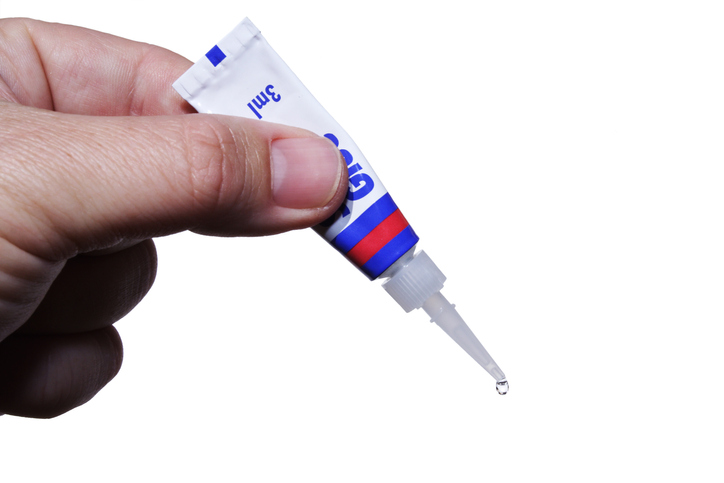
In the years that followed, the world saw the introduction of other brands of what is now generally known as Super Glue. By the late 1970s, Eastman, Loctite, and Permabond were responsible for around 75% of all Super Glue sales.
It is necessary to note that although the Super Glue’s original discovery came during WWII, the popular belief that soldiers during WWII used Super Glue to seal up battle wounds has never been proven to be true. However, Super Glue actually was used to seal up battle wounds during the Vietnam War.
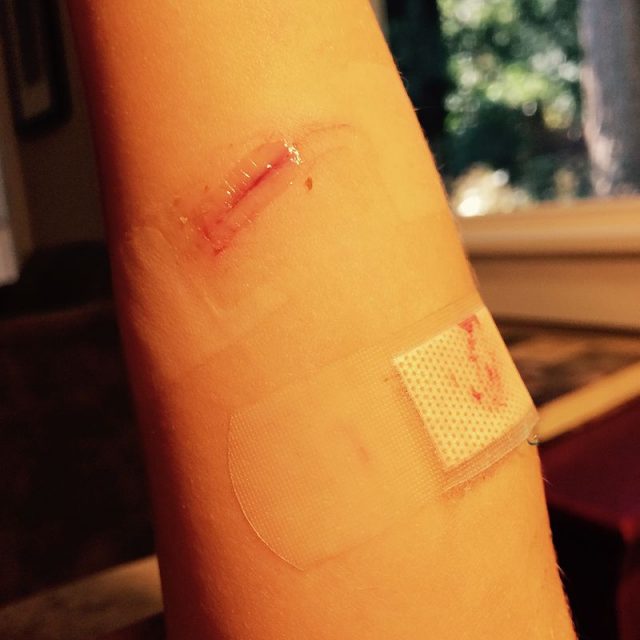
Photo by ragesoss – CC BY-SA 3.0
While the Vietnam War raged on, American casualty numbers were climbing rapidly. When a soldier got wounded, the primary objective was to stop the bleeding. But several times it was impossible to stop the bleeding before the soldiers got moved to the hospital, and this would most times result in death.
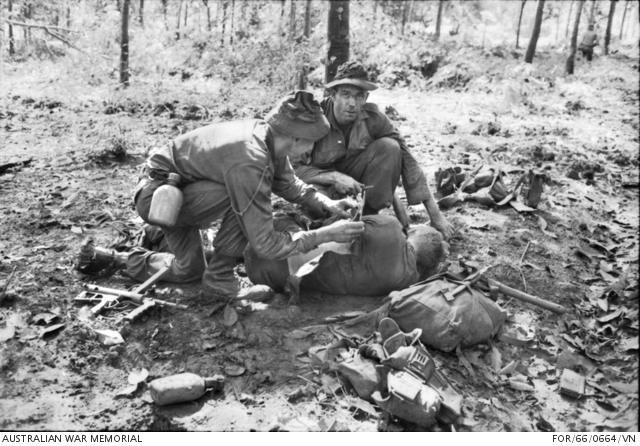
Read another story from us: Cool Stuff We Use Every day That Came From the Military
But the adaptation of Super Glue by medics brought the change that was desperately needed. Super Glue served as a tissue adhesive which effectively saved wounded soldiers from bleeding to death: once applied on the bleeding injury, within seconds the broken skin would seal up and the bleeding would stop. Then, the wounded soldier would be taken to a hospital for proper medical care.
Before his death on March 26, 2011, over 460 patents were held by Dr. Coover. However, it is easy to see how Super Glue could hold a special place in his heart.
Who doesn’t love Super Glue?
